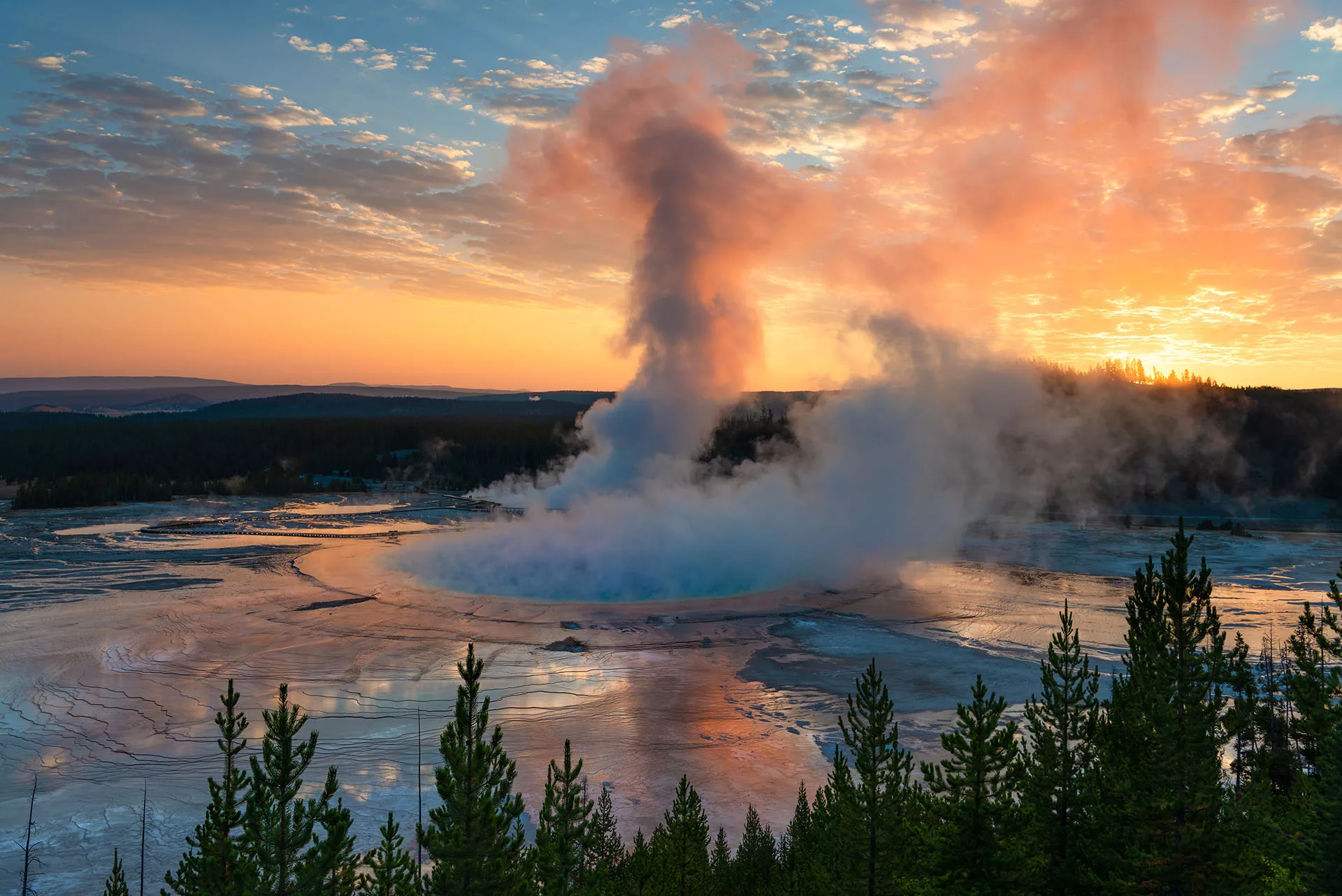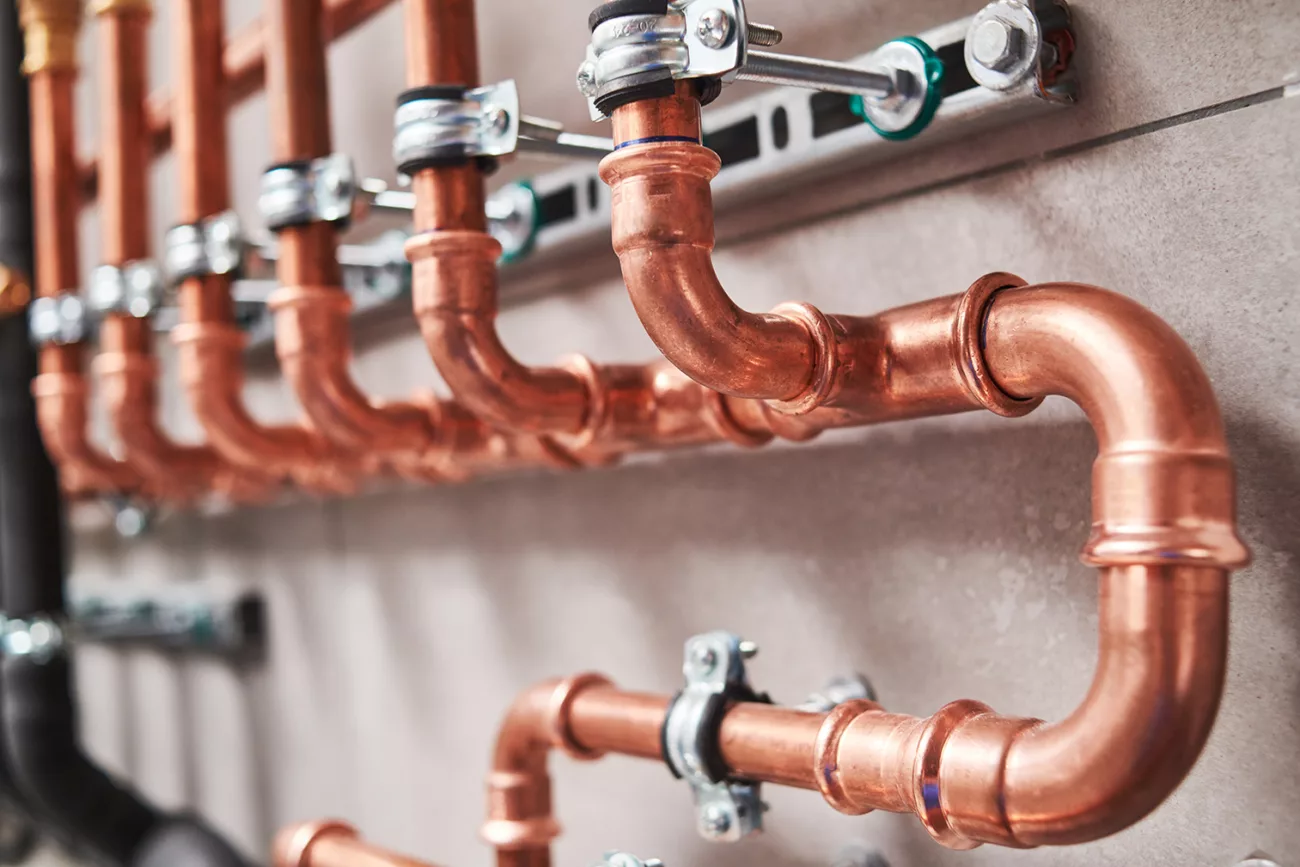

enovaQ: An intelligent solution for efficient and ecological hot water distribution.
The enovaQ distribution solution does not cause heat loss. It is particularly suitable for collective buildings, where it is generally necessary to produce twice as much hot water as necessary to compensate for these losses. Our solution is therefore useful for ensuring efficient hot water distribution and contributing to the reduction of energy consumption and CO2 emissions.
enovaQ also offers advanced connectivity, allowing real-time monitoring of hot and cold water consumption. With the assistance of artificial intelligence, this feature promotes better management and optimization of consumption, thus encouraging responsible use of resources. In addition, enovaQ is an effective solution to prevent the proliferation of dangerous bacteria such as legionella in pipes.
Profits
4 good reasons to install enovaQ
Comfortable
No need to let the water run for tens of seconds while waiting for the hot water to arrive! The enovaQ device allows you to get hot water from the tap in an instant.
Economic
In a traditional installation, after use the hot water stagnates in the pipes and cools down in vain. Thanks to its unique emptying process, the enovaQ device returns hot water to your tank, which reduces your bill by around 30%.
Ecological
Less water wasted, less energy dissipated in the pipes, this is a step in the right direction!
anti-legionella
The high speed of hot water in the supply pipe will always leave it clean. This prevents the proliferation of dangerous bacteria and avoids frequent and costly sludge removal operations.
Our Sustainable Development Goals
Reduced waste
=
increased purchasing power.
Reduction of bacteriological risk
Less water wastage
Innovative product that allows to create jobs in its industrialization and integration
Less water and energy waste
Reducing the carbon footprint of buildings both during construction and during their lifetime
Less domestic hot water production results in reduced carbon emissions to the atmosphere
How enovaQ works
La technologie EnovaQ, unique au monde, permet de distribuer l’eau chaude produite collectivement à grande vitesse vers des points de consommation situés à plus de 60 mètres de distance.
Chaque fois qu’une réserve tampon nécessite un remplissage, une pompe centrifuge haute pression, située dans la chaufferie collective, entre en action.
Elle propulse l’eau chaude à travers un tuyau de petite section, très souple et sans isolant, qui la transporte rapidement à destination.
Après chaque remplissage, de l’eau froide est introduite dans le tuyau pour récupérer les calories résiduelles.
Le bilan énergétique du système démontre que les pertes de chaleur sont très faibles par rapport aux solutions de distribution classiques, réputées pour leur forte consommation d’énergie.
Grâce à sa simplicité d’intégration, cette technologie se présente comme une solution idéale pour le neuf et la rénovation énergétique.
Phase A
Arrival of hot water
This phase aims to quickly deliver hot water to the user when he opens the tap: the high-pressure pump (80 bars) injects hot water from the reserve into a small-section pipe (diameter 5 mm) which goes to the user. The small section pipe runs inside another larger section pipe. Simultaneously, a return valve opens to quickly evacuate the cold water that was present in the small section pipes, replacing it with hot water. The duration of this phase is usually very short, around 2 to 6 seconds, due to the high speed of water circulation and the length of the pipe. Its main purpose is to ensure fast and efficient delivery of hot water to the user.
Phase B
Hot water consumption
During the domestic hot water consumption phase, which lasts as long as the user has opened the tap, the water continues to be routed to the point of use through the small section pipe thanks to the pump. However, the return valve is closed because it is no longer necessary to maintain a high velocity of hot water in the small section pipe. In an effort to save more energy, the pump pressure is gradually reduced, as long as this does not affect the water flow perceived by the user. A pressure reducer maintains a constant pressure of 3 bars at the tap. When the user closes the tap, the pump stops automatically.
Phase C
Calories recovery
This phase, which aims to recover the thermal energy contained in the pipes, is generally started about 2 to 3 minutes after the end of each use. It consists of draining the residual hot water from the pipes by introducing cold water into it, to reintroduce it into the hot water supply. So the calories are not wasted. The duration of this emptying is automatically adjusted according to the length of the circuit, making it possible to optimize the efficiency of the process.
Phase A
Arrival of hot water
This phase aims to quickly deliver hot water to the user when he opens the tap: the high-pressure pump (80 bars) injects hot water from the reserve into a small-section pipe (diameter 5 mm) which goes to the user. The small section pipe runs inside another larger section pipe. Simultaneously, a return valve opens to quickly evacuate the cold water that was present in the small section pipes, replacing it with hot water. The duration of this phase is usually very short, around 2 to 6 seconds, due to the high speed of water circulation and the length of the pipe. Its main purpose is to ensure fast and efficient delivery of hot water to the user.
Phase B
Hot water consumption
During the domestic hot water consumption phase, which lasts as long as the user has opened the tap, the water continues to be routed to the point of use through the small section pipe thanks to the pump. However, the return valve is closed because it is no longer necessary to maintain a high velocity of hot water in the small section pipe. In an effort to save more energy, the pump pressure is gradually reduced, as long as this does not affect the water flow perceived by the user. A pressure reducer maintains a constant pressure of 3 bars at the tap. When the user closes the tap, the pump stops automatically.
Phase C
Calories recovery
This phase, which aims to recover the thermal energy contained in the pipes, is generally started about 2 to 3 minutes after the end of each use. It consists of draining the residual hot water from the pipes by introducing cold water into it, to reintroduce it into the hot water supply. So the calories are not wasted. The duration of this emptying is automatically adjusted according to the length of the circuit, making it possible to optimize the efficiency of the process.
FAQs
The enovaQ device is intended for residential buildings, hotels or even hospitals with a means of centralized domestic hot water production.
In a new installation, depending on the size of a building, the price of a device is substantially the same as a traditional circulation process. You will therefore immediately save money after its installation. Installation in pre-existing constructions remains possible, however the implementation can be more complex and more expensive.
Yes, because it allows you to save on 4 expense items:
- Energy: the device produces half as much hot water, which translates into savings of "about 30% on your domestic hot water bill". In the example of a building with 25 homes, this represents around €3,000 in savings per year
- Water: by no longer having to wait for hot water, hundreds of liters of water are saved over a year
- Investment: thanks to half the production of hot water, the sizing of the means of production and the hot water reserve will be considerably reduced, which reduces the initial investment
- Maintenance: thanks to a constant operating pressure of less than 1 bar in the hot water tank, the service life of the latter is considerably extended, which reduces your maintenance costs. In fact, in traditional networks, the pressure which varies between 3 and 7 bars strains the hot water supply, which accelerates its aging.
Un plombier sans formation spécifique peut installer le dispositif enovaQ car celui-ci utilise des raccordements standards, que ce soit aux points de puisage, à l’entrée de l’appartement ou dans la chaufferie.
The consumption of hot water and also cold water will be available on the myHWQ application which will allow you to manage and adapt your water consumption.
Yes enovaQ is compatible with renewable energies, the negligible distribution losses encourage and even facilitate their use
The table below represents the waiting time and the volume of water according to the distance between the hot water source and the point of use.
For reference, in a house or apartment, the maximum distance from the hot water source to the point of use is generally 8 meters.
| Distance, separating the hot water source from the point of use | Waiting time to obtain very hot water, at the point of use |
| 8 meters | 2 seconds |
| 15 meters | 3 seconds |
| 35 meters | 5 seconds |